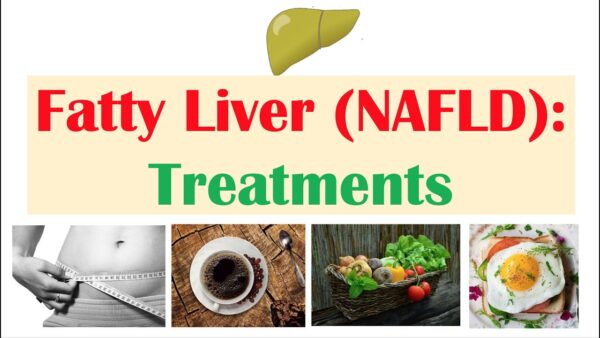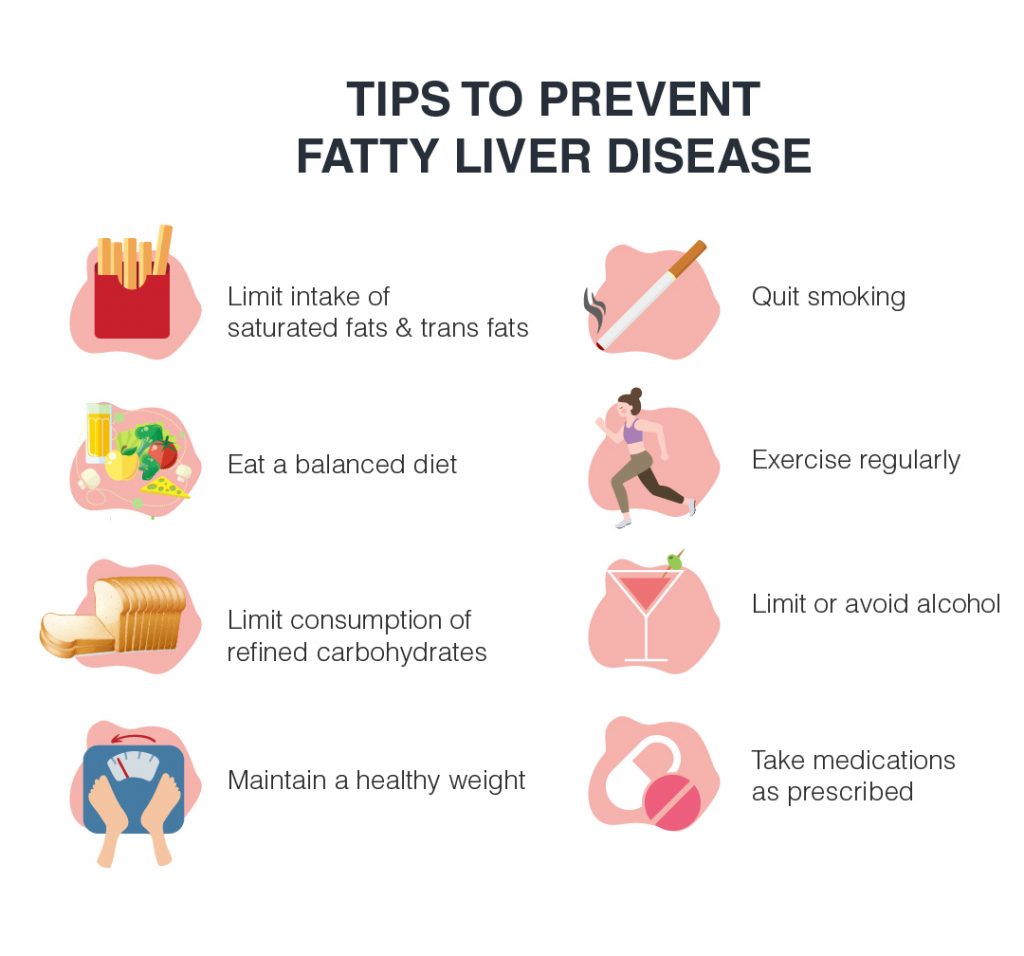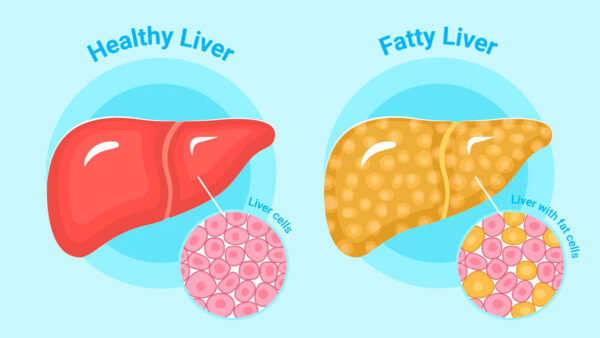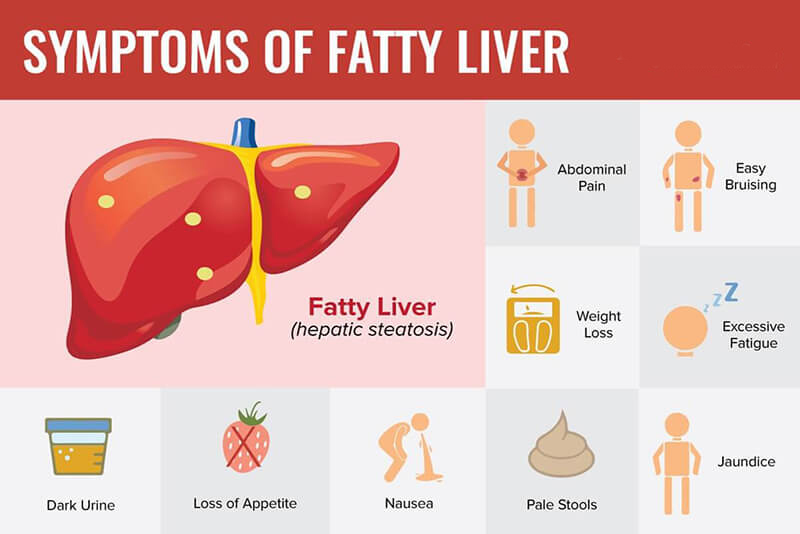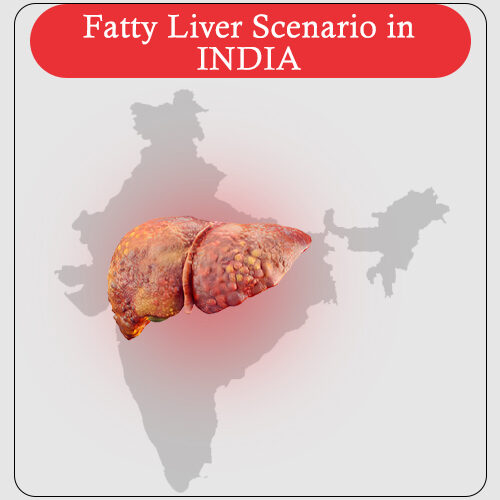Life of a person living with Cirrhosis
XYZ is a middle-aged man who has been living with decompensated cirrhosis for over 6 years. The cirrhosis was caused by his years of heavy drinking though he stopped drinking when he was first diagnosed. Unfortunately, the damage to his liver had already been done and his health had been declining ever since. His daily life changed drastically after his diagnosis. He felt very weak and tired most of the time due to the decreased function of his liver, which made it hard for him to perform physical tasks, even the basic chores around the house. He frequently visited the hospital due to complications arising from the disease such as bleeding from varices in his oesophagus, ascites, and malnutrition due to poor absorption of nutrients from food. The financial burden that he faced because of decompensated cirrhosis was overwhelming at times and medical bills piled on quickly. His insurance did not cover all the treatments and medications required to manage the condition so he often had to bear the expenses himself which put a large strain on his family’s finances. Moreover, XYZ’s inability to work full-time meant that they missed the potential income that could have gone towards paying for these treatments as well as other necessary costs related to maintaining a household such as groceries and utility bills. Unfortunately, he succumbed due to a lack of a liver transplant. Overall, living with decompensated cirrhosis not only presented him with many obstacles both physically and financially but lead to his untimely death. Therefore, crucial lessons to be learnt to avoid such unfortunate turn of events: First avoid alcohol if possible, since prevention is better than a cure. Second, in the case of the onset of liver disease, early detection and possible management strategies are key. This could reduce the physical, emotional, social and financial toll such diseases impose on our society. Third, should the condition continue to progress in severity, a liver transplant should be considered to save lives.
Life of a person living with Cirrhosis Read More »


